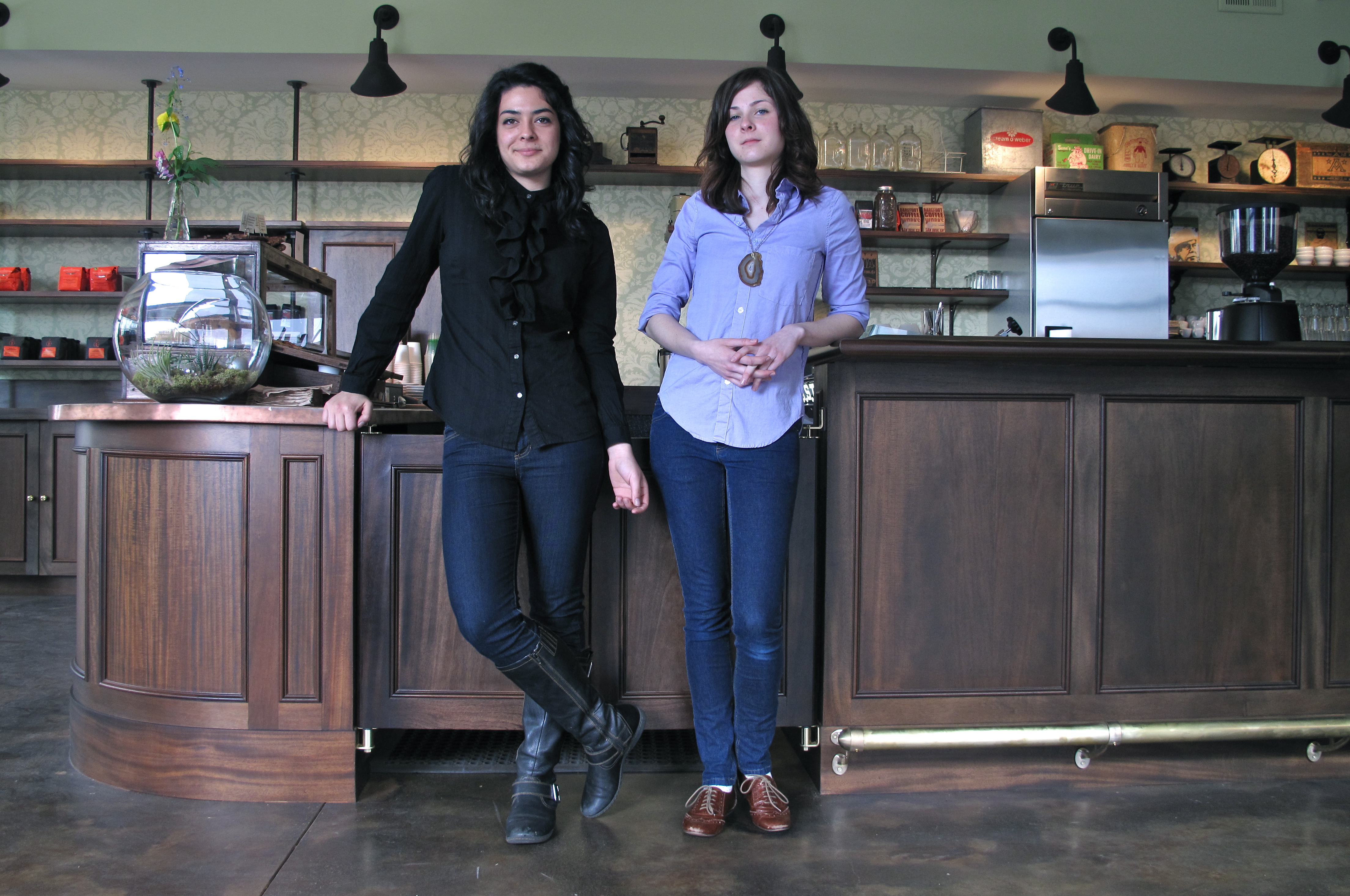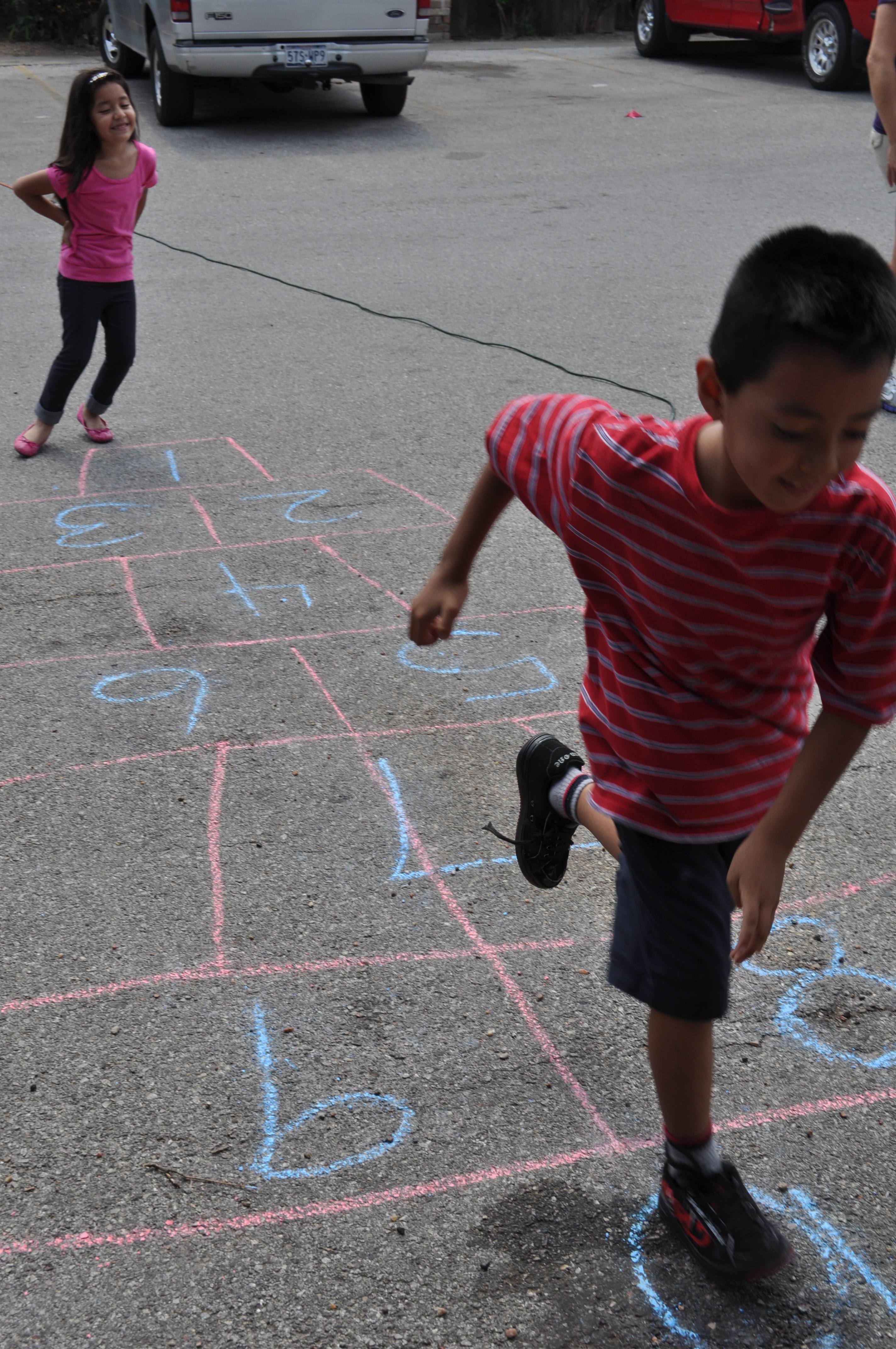The Habitat of Humanity: A Wild to Clinical Continuum
Every generation has a tendency to consider its way of living to be normal—the way it always was, how it will continue and how it should be. We are self-centered that way, which makes some sense because our patterns of behavior make up our entire direct context. History lessons sometimes seem abstract, and the future hasn’t happened yet. We know that things have changed greatly in the last few centuries—especially in the last few several decades with regards to. This is particularly true when we consider the human habitat—the environment we have created to provide ourselves with security and shelter.
In the span of just a handful of generations, we humans have radically altered our surroundings. We’ve transitioned out of the natural habitat where we spent our first 200,000 years and hurled ourselves into one that is increasingly artificial, and there’s no way that the pace of natural human evolution can keep up with the environmental changes we’ve created. In our relentless march forward, we haven’t stopped long enough to consider how the radical change in our homes, offices and cities are affecting us. It’s time for us to ask what short- and long-term effects our new habitat is imposing on our species and the environment.
FROM OUTSIDE TO INSIDE
Think about the vast difference between how people live in the industrialized world today versus where the majority of their ancestors dwelled; “creature comforts” are almost exclusively focused on the interior of buildings and homes, while not-so-distant predecessors lived the majority of life outside. This is a simple observation loaded with profound implications. What are the biological implications of transitioning a species that evolved under the stars for over two million years to one that rarely ever sees a star?
Places such as Shanghai, Tokyo and Mexico City offer extreme examples of densely urbanized megacities, human communities that have literally become unnatural in an alarmingly short period of time, with more concrete than trees. Too many people are crowded into overbuilt, artificial landscapes that have cropped up in just the past two centuries with the majority of the population growth happening since 1945. Modern-day humans in these habitats have too few opportunities to interact with the natural environment as they go about their days; many children never have the opportunity to climb a tree or experience true, untouched nature. With light pollution, dark skies are a thing of the past.
Will this rapid variation in human habitat unleash rapid evolutionary change, and is that change already underway? Will we experience a type of punctuated equilibrium similar to the sudden modifications seen in species that are abruptly isolated by natural phenomena? Will the humans of tomorrow begin to develop different attributes in response to a separation from the natural world? Will our new manufactured environments weaken us in some critical way?
We’ll begin with the understanding that modern humans are at least 200,000 years old; however, given the drastic changes introduced by industrialization and technology, it is not an exaggeration to say that our species created wholesale changes to our environment only within the last 100 years, or 1/2000 of our history—a mere blip. Factoring in archaic humans (that share 99% of our DNA) dating back two million years, our “new habitat” represents only 1/20,000 of our current environmental context.
For several million years, our humanoid ancestors lived almost completely outdoors, using only caves, trees and crude shelters for respite from the elements. Humans rose with the sun and slept when it was dark. They were guided by moonlight and starlight and, later, by firelight. They breathed pristine air that was free of chemicals (except perhaps in caves with fire). They drank only water and ate an omnivore’s diet of nuts, grubs, vegetables, fruit, meat and fish. The normal routine provided constant exercise, since following the herds and moving with the seasons meant that everyone walked an estimated average of five to nine miles each day. There were short periods of intense stress (adrenaline flowed when large carnivores were approaching, for example) and longer periods of idle time as hunter-gatherers, likely without the chronic long-term stress that we know today. They stood, squatted or sat on hard objects for much of the time, and ate dirt and bugs while coexisting intimately with other organisms—that sometimes tormented them and sometimes shaped how long they lived in a particular place. They adapted to varying degrees of temperature fluctuations, and relied on all five of the senses for survival. I could go on, but the picture is clear.
Now consider current conditions for affluent humans in the developed world—most people in this segment spend about 90% of their time indoors. They breathe air that contains a veritable soup of chemicals and pollutants (especially in crowded cities), and those who are smokers intentionally inhale approximately 7,000 toxic chemicals. During those hours indoors, where the temperature is often set at a constantly comfortable 72 degrees Fahrenheit, they typically sit in chairs or lie in beds—few stand for long periods anymore. There is habituated sedation, which led to a lack of sufficient exercise and an obesity epidemic.
Their diets don’t serve them well either. Most people in industrialized nations consume copious quantities of foods that are high in sugar, fat and salt. They ingest an overabundance of calories and multiple chemical preservatives with every meal. They drink far too little water, usually replacing it with beverages laden again with chemicals, sugar and often alcohol. On average, they do not get enough natural light during the day but instead bathe themselves in too much artificial light at night—something researchers are finding is terrible for the circadian system that regulates the digestive and immune systems. Their bodies and indoor environments are sterilized, destroying the beneficial microbial communities that have evolved with the species. Many work and live in a state of constant background stress due to the pace of life and the work environment. And they stare at computer screens for hours (which is hardly natural), but spend only minutes looking at trees and other life beyond their pets.
The developed world has unconsciously dotted the built landscape with natural placeholders to sate a missing desire: hanging images of nature on interior walls; building parks into cities’ plans; caging animals in zoos to observe them from a safe distance. In so doing, we have trapped ourselves in a cage of our own making. All of these attempts to surround ourselves with stand-ins for the natural world stem from a collective sense of loss.
The urban living trend is driving the new normal for human habitats, and unleashing a grand experiment on the human condition. What happens when you completely change the environment of the majority of a species? Many modern cities do not provide humans with the elements necessary to thrive in the natural manner with which they evolved, yet migration to urban dwellings is rapidly increasing. While approximately half of the global population lives in cities today, a much larger percentage of humans will flock to urban areas by the turn of the next century. This urbanization of our habitat becomes an experiment on a majority of our kind. It is important to note that even our “rural” environments bear little resemblance to the way humans used to live.
When Everything We Want is the Opposite of What We Need I want to be very clear that I don’t pine for the “way things were” or romanticize our hunter-gatherer past. Pre-modern life was not always idyllic, and current ways of life are not always apocalyptic. On the contrary, life for our ancestors was short and brutish. Technological advancements in the developed world have delivered some undeniable benefits to humanity. It’s hard to deny progress on so many fronts, but there needs to be a limit, beyond which too much separation begins to lead us down a path of regression. I’m afraid we’ve passed that point.
As with anything, there is an ideal balance—a place where things are in harmony and optimal conditions are achieved; a sweet spot between the pre-industrial past and over-industrialized present; an internal “Boundary of Disconnect” that we cross at our peril. (For more on the Boundary of Disconnect concept, refer to the January 2013 issue of Trim Tab.) Of course, this theoretical boundary is never static. There has always been a dynamic interplay of forces. We are a durable and adaptable species, and many of our innovations have helped us immensely. But that doesn’t discount the need for reflection and analysis.
There has to be a human-created environment where humanity is truly at its best and healthiest. Surely there is a set of conditions that best supports human wellness, culture, safety and life expectancy. Instead of spending so much money and time on technological and mechanized efficiencies, we need to focus resources on a much more critical analysis, one that examines the causes of many of the chronic problems that compromise human health, community and culture.
What would the ideal human environment look like? Let’s consider the key elements of the pre-industrial past (pre-agricultural age), the present affluent, developed world, and the ideal future. How far from ideal are we in each category?
Returning to all of the ways of the past is clearly not an option nor would it be desirable, but nor can we allow certain current conditions to remain unchanged. The direction we are headed towards even greater separation with the natural world is disconcerting. We have to temper our desire to control and tame nature, and choose instead to live in concert with it. We have to go back to seeing ourselves as an important part of the natural world, not separate from or superior to it. There are ways to apply our acquired knowledge that will benefit us, and our environment. We have to use technology as a tool—with discernment—to get our cities, our homes and our bodies back on the right track—to build communities that have a net positive impact on the world.
The habitat we crave is the one we need. We evolved in natural, biophilic settings, and it is incumbent upon us to recapture and preserve those same qualities within our modern habitat. Surrounding ourselves with life, spending considerable time outdoors and sharing our spaces with living things nurtures our kinship with nature.
Our love of life is what makes us human. So let’s allow ourselves to get a little wilder and, where smart, to readjust our scales in the right direction.


